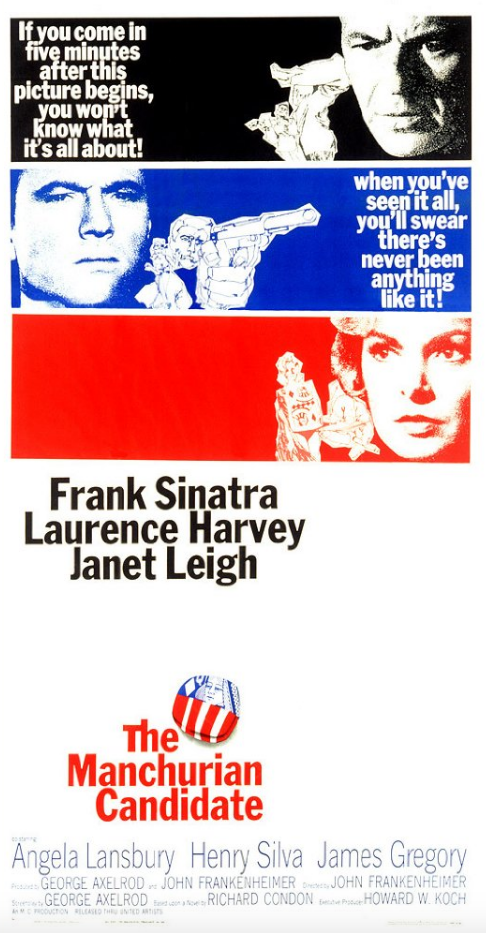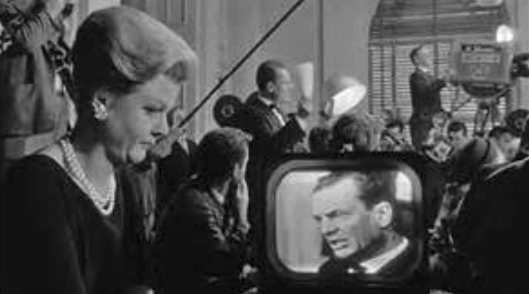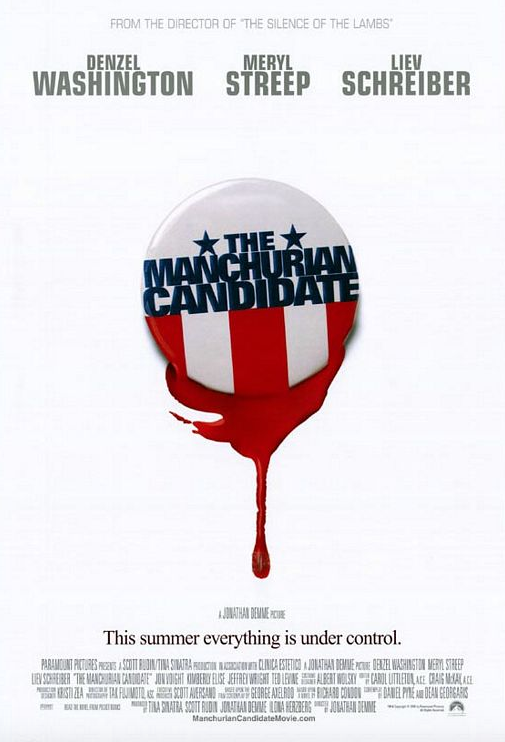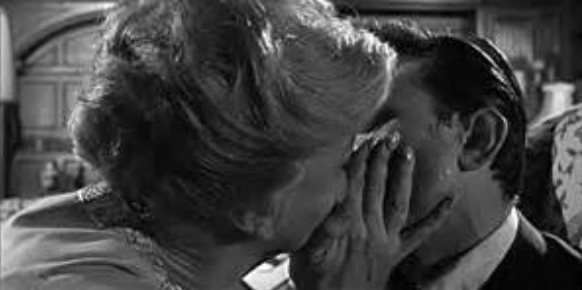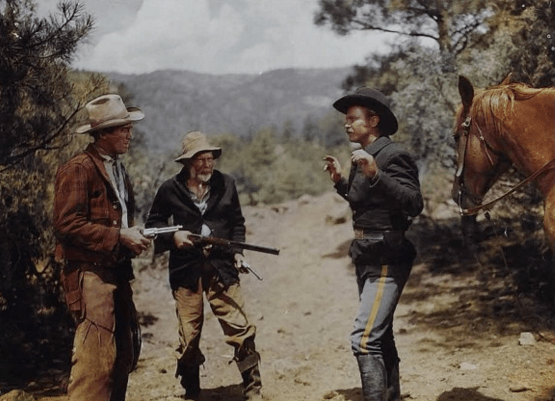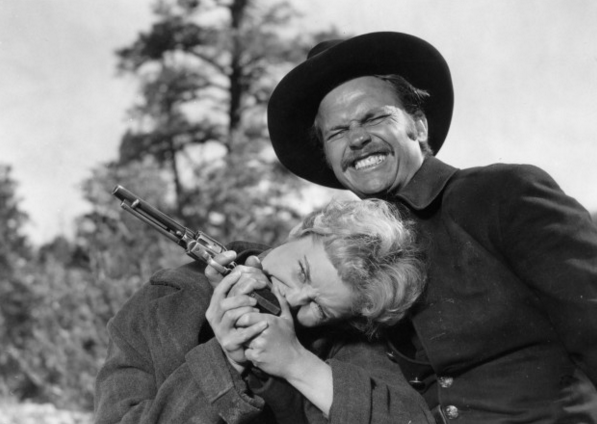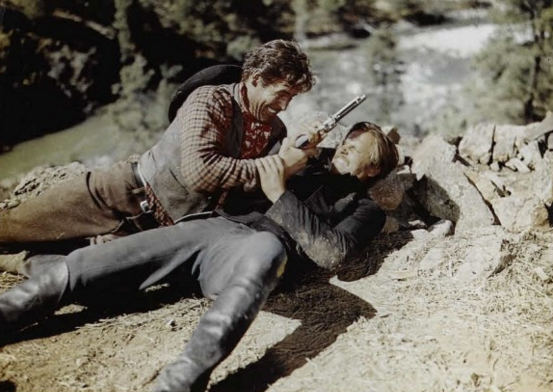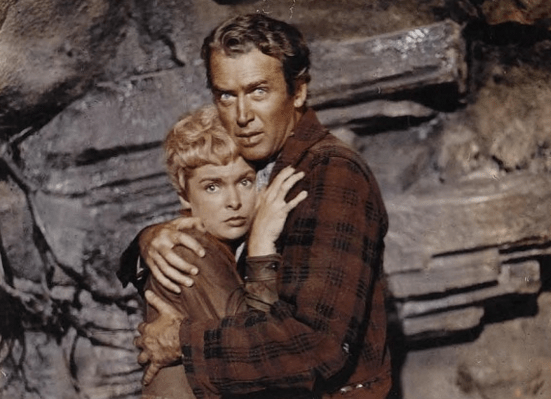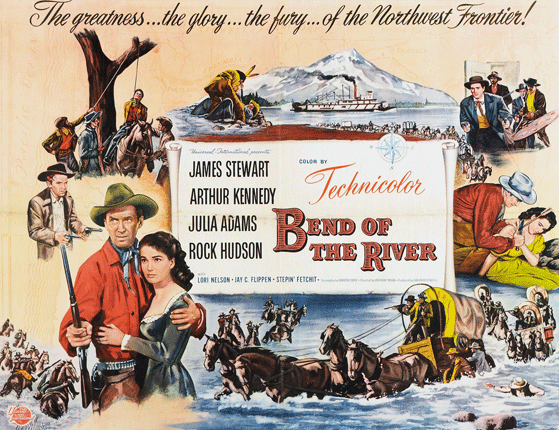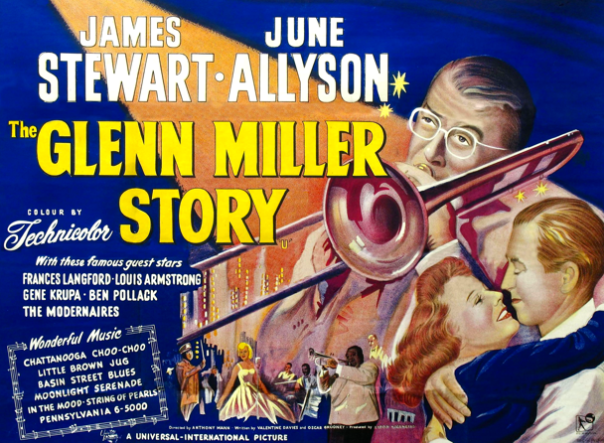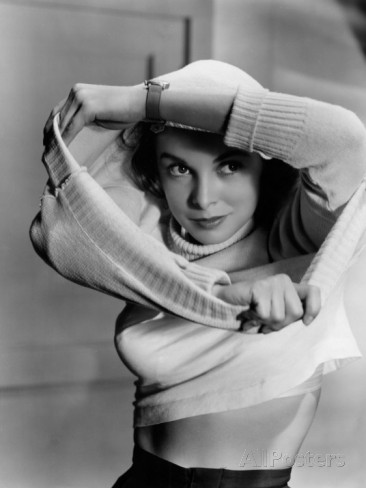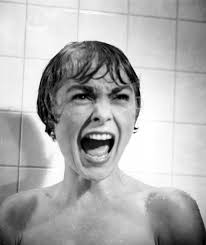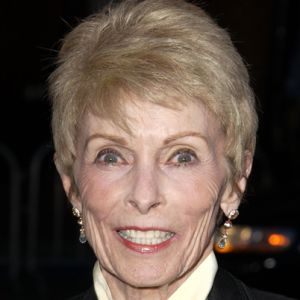The Manchurian Candidate (1959), by Richard Condon, is a political thriller about the son of a prominent U.S. political family who is brainwashed into being an unwitting assassin for a Communist conspiracy.
The novel has been adapted twice into a feature film by the same title, in 1962 and again in 2004.
Plot summary
Major Bennett Marco, Sergeant Raymond Shaw, and the rest of their infantry platoon are kidnapped during the Korean War in 1952. They are taken to Manchuria, and are brainwashed to believe that Shaw saved their lives in combat – for which Congress awards him the Medal of Honor.
Years after the war, Marco, now back in the United States working as an intelligence officer, begins suffering the recurring nightmare of Shaw murdering two of his comrades, all while clinically observed by Chinese and Soviet intelligence officials. When Marco learns that another soldier from the platoon also has been suffering the same nightmare, he sets to uncovering the mystery and its meaning.
It is revealed that the Communists have been using Shaw as a sleeper agent, a guiltless assassin subconsciously activated by seeing the “Queen of Diamonds” playing card while playing solitaire. Provoked by the appearance of the card, he obeys orders which he then forgets. Shaw’s KGB handler is his domineering mother, Eleanor, a ruthless power broker working with the Communists to execute a “palace coup d’état” to quietly overthrow the U.S. government, with her husband, McCarthy-esque Senator Johnny Iselin, as a puppet dictator.

Marco discovers the trigger of the “Queen of Diamonds” and meets with Shaw at the Central Park Zoo shortly before Iselin’s party’s national convention. He uses the card to interrogate Shaw as to his final plan; Shaw is to shoot the presidential candidate during the convention in order to win overwhelming support for Senator Iselin, the vice-presidential candidate, and trigger the dictatorial powers he’ll request following the assassination. Marco reprograms Shaw, although the reader is unsure until the final pages if it worked. At the convention, Shaw instead shoots his mother and Senator Iselin. Marco is the first of the authorities to reach Shaw’s sniper’s nest just after Shaw kills himself.
Plagiarism
In 1998, software developer C.J. Silverio noted that several long passages of the novel seemed to be adapted from Robert Graves‘ 1934 novel, I, Claudius. Forensic linguist John Olsson judged that, “There can be no disputing that Richard Condon plagiarized from Robert Graves.” Olsson went on to state that, “As plagiarists go, Condon is quite creative, he does not confine himself to one source and is prepared to throw other ingredients into the pot.” Jonathan Lethem, in his influential essay, The Ecstasy of Influence: A Plagiarism, has identified The Manchurian Candidate as one of a number of “cherished texts that become troubling to their admirers after the discovery of their ‘plagiarized’ elements,” which make it “apparent that appropriation, mimicry, quotation, allusion, and sublimated collaboration consist of a kind of sine qua non of the creative act, cutting across all forms and genres in the realm of cultural production.”
Film adaptations
The Manchurian Candidate has been adapted twice into a feature film by the same title. The first film, released in 1962, is considered a classic of the political thriller genre. It was directed by John Frankenheimer and starred Laurence Harvey as Shaw, Frank Sinatra as Marco, and Angela Lansbury as Eleanor in an Academy Award-nominated performance.
The second film, released in 2004, was directed by Jonathan Demme, and starred Liev Schreiber as Shaw, Denzel Washington as Marco, and Meryl Streep as Eleanor. It was generally well received by critics, and moderately successful at the box office. The film updated the conflict (and brainwashing) to the Persian Gulf War in 1991, emphasized the science fiction aspects of the story by setting the action in a dystopian near-future (implied to be 2008), had a U.S. corporation (called “Manchurian Global”) as the perpetrator of the brainwashing and conspiracy instead of foreign Communist groups, and dropped the Johnny Iselin character in favor of making both Shaw and his mother elected politicians. The movie adaptations also omit the novel’s portrayal of incest between Raymond and his mother, only hinting at it with a mouth-to-mouth kiss.
Both adaptations discard several elements of the book. The book spends more time describing the brain-washers and the facility in Manchuria where the Americans were held. The head of the project grants Raymond a “gift”; after his brainwashing, he becomes quite sexually active, in contrast to his reserved nature beforehand, where he hadn’t even kissed his love interest, Jocelyn Jordan.

In the novel, Mrs. Iselin and her son travel abroad, where she uses him to kill various political figures and possibly Jocelyn Jordan’s first husband. Rosie, Marco’s love interest, is also the ex-fiance of one of his associates handling the Shaw case for Army Intelligence, making things between them tense.
As a child, Mrs. Iselin was sexually abused by her father but fell in love with him and idolized him after his early death. Toward the end of the book, as Raymond is hypnotized by the Queen of Diamonds, he reminds her of her father and she sleeps with him.
The 1962 version does not state outright the political affiliation of Senators Iselin and Jordan, although in the 2004 film the equivalent characters are Democrats. According to David Willis McCullough, Senator Iselin is modelled on Republican senator Joseph McCarthy and, according to Condon, Shaw’s mother is based on McCarthy’s counsel, Roy Cohn.

